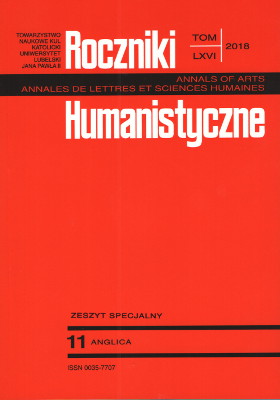“Let the race die out”: A Strange Case of Trans/ Post-humans in Mary Bradley Lane’s Feminist Utopia Mizora: A Prophecy
“Let the race die out”: A Strange Case of Trans/ Post-humans in Mary Bradley Lane’s Feminist Utopia Mizora: A Prophecy
Author(s): Ludmiła Gruszewska-BlaimSubject(s): Language and Literature Studies, Studies of Literature, Other Language Literature
Published by: Towarzystwo Naukowe KUL & Katolicki Uniwersytet Lubelski Jana Pawła II
Keywords: feminist utopia; posthuman; Mizora
Summary/Abstract: The prevailing criticism of Mary Bradley Lane’s Mizora: A Prophecy, a 19th-century utopia that entered the feminist literary canon after it was reissued by Greg Press in 1975, relatively unanimously assumes that the asexual subterranean race of the Mizorans represents homo sapiens. Perceived by the narrator—a visitor from Tsarist Russia and a friend to Polish insurrectionists—as women representing an advanced civilization, and only sporadically as fairies, the race of “blonde beauties” is believed to be typical of feminist utopias. Undermining genderification present in the narratorial as well as critical discourse, the article will claim that the status of Mizorans, the race spawned by scientists thousands of years ago, wavers between transhuman and posthuman.
Journal: Roczniki Humanistyczne
- Issue Year: 66/2018
- Issue No: 11S
- Page Range: 29-43
- Page Count: 15
- Language: English

